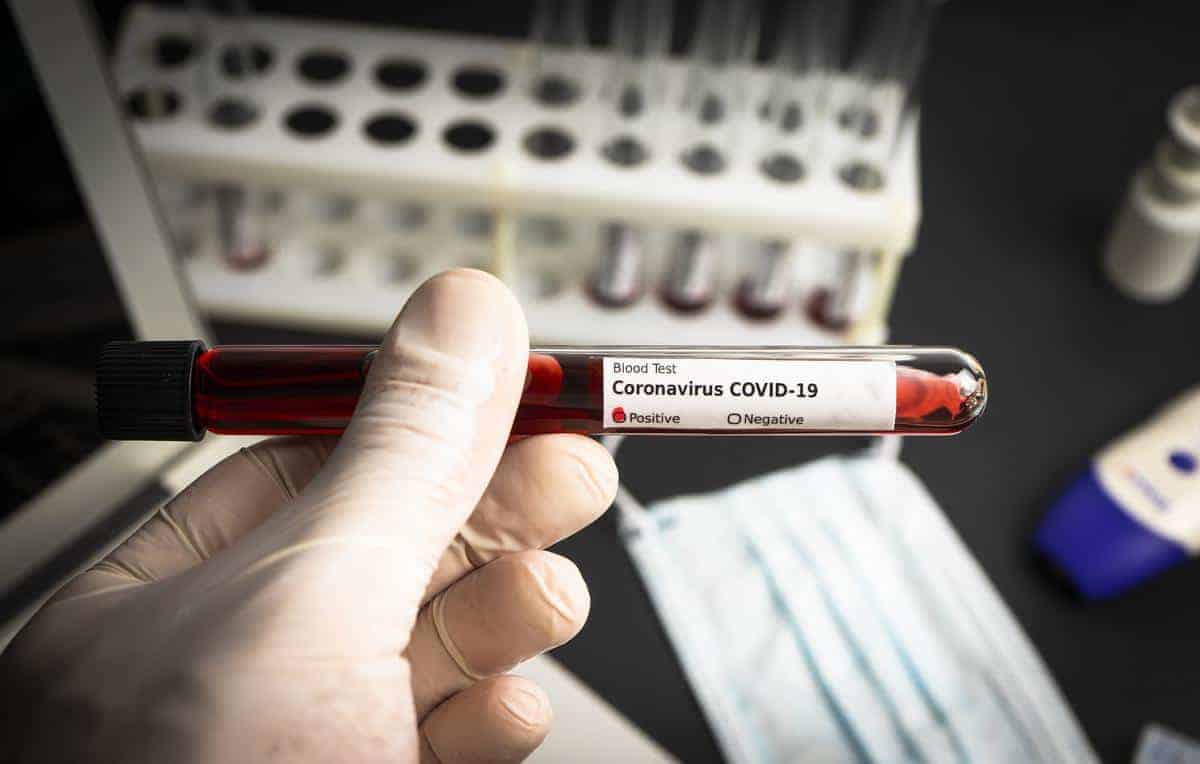Los Angeles: Scientists have developed a new portable, pocket-sized test that can not only diagnose COVID-19 in minutes but also sequence the coronavirus to track the spread of mutations and variants.
The test, dubbed NIRVANA, can simultaneously test for other viruses such as influenza that might be mistaken for the coronavirus, the researchers said. “This is a virus detection and surveillance method that doesn’t require an expensive infrastructure like other approaches,” said Juan Carlos Izpisua Belmonte, a professor at the Salk Institute for Biological Studies in the US.
“We can accomplish with one portable test the same thing that others are using two or three different tests, with different machines, to do,” Belmonte said.
The researchers noted that testing the population is key to stopping the spread of the virus. Also, tracking the spread of new SARS-CoV-2 variants — some of which could respond differently to treatments or vaccines — is critical, they said.
The current standard approach to determine whether a nasal swab is positive for COVID-19 is to run a polymerase chain reaction (PCR) test to detect genetic material from the SARS-CoV-2 virus.
However, if the sample is negative, patients and clinicians don’t get any information on what might be causing the coronavirus-like symptoms — unless they run separate PCR tests, using different swab samples, for other viruses.
Even if the sample is positive for SARS-CoV-2, they don’t learn which COVID-19 variant a patient is infected with unless another set of tests is run, which require a large and expensive next-generation gene-sequencing machine.
Mo Li, an assistant professor at King Abdullah University of Science and Technology in Saudi Arabia, wondered whether a gene-detection approach called isothermal recombinase polymerase amplification (RPA) coupled with real-time nanopore sequencing might be more useful than the current COVID-19 testing approach.
Unlike PCR, which cycles through lower and higher temperatures to separate DNA strands and copy them, RPA uses proteins — rather than temperature changes — to accomplish the same thing in only 20 minutes.
The technology lets researchers copy longer stretches of DNA, and probe for multiple genes at the same time.
“We quickly realised that we could use this technique to not only detect SARS-CoV-2, but other viruses at the same time,” said Li. The study, published in the journal Med, describes a small, portable device that can screen 96 samples at the same time using the RPA assay.
The scientists designed NIRVANA to simultaneously test samples for COVID-19, influenza A, human adenovirus, and non-SARS-CoV-2 human coronavirus.
The researchers noted that in just 15 minutes the device begins to report positive and negative results.
Within three hours, the device finalises results on all 96 samples — including the sequences of five regions of SARS-CoV-2 that are particularly prone to accumulate mutations leading to new variants such as the B.1.1.7 variant identified in the UK.
The team tested NIRVANA on 10 samples known to be positive for SARS-CoV-2, 60 samples of unknown SARS-CoV-2 status, as well as samples of municipal wastewater harbouring the SARS-COV-2 virus and others.
In all cases, the assay was able to correctly identify which viruses were present. The sequencing data also allowed them to narrow down the origin of SARS-CoV-2 in positive samples, differentiating strains from China and Europe for instance.
“The design of this assay is really flexible, so it’s not just limited to the examples we’ve shown,” said Li.
“We can easily adapt it to tackle another pathogen, even something new and emergent,” he said.
With the small size and portability of the NIRVANA workflow, it could be used for fast virus detection at schools, airports or ports, the researchers said.
It also could be used to monitor wastewater or streams for the presence of new viruses, they said.
“The pandemic hasprovided two important lessons: first, test widely and quickly, and second, know your variants. Our NIRVANA method provides a promising solution to these two challenges not only for the current pandemic but also for possible future ones,” said Belmonte.
Market analysis would be required to determine whether the initial cost of commercialisation — and the constant tweaks to the test needed to make sure it detected new variants or new viruses of interest — are worth it, Belmonte added.

